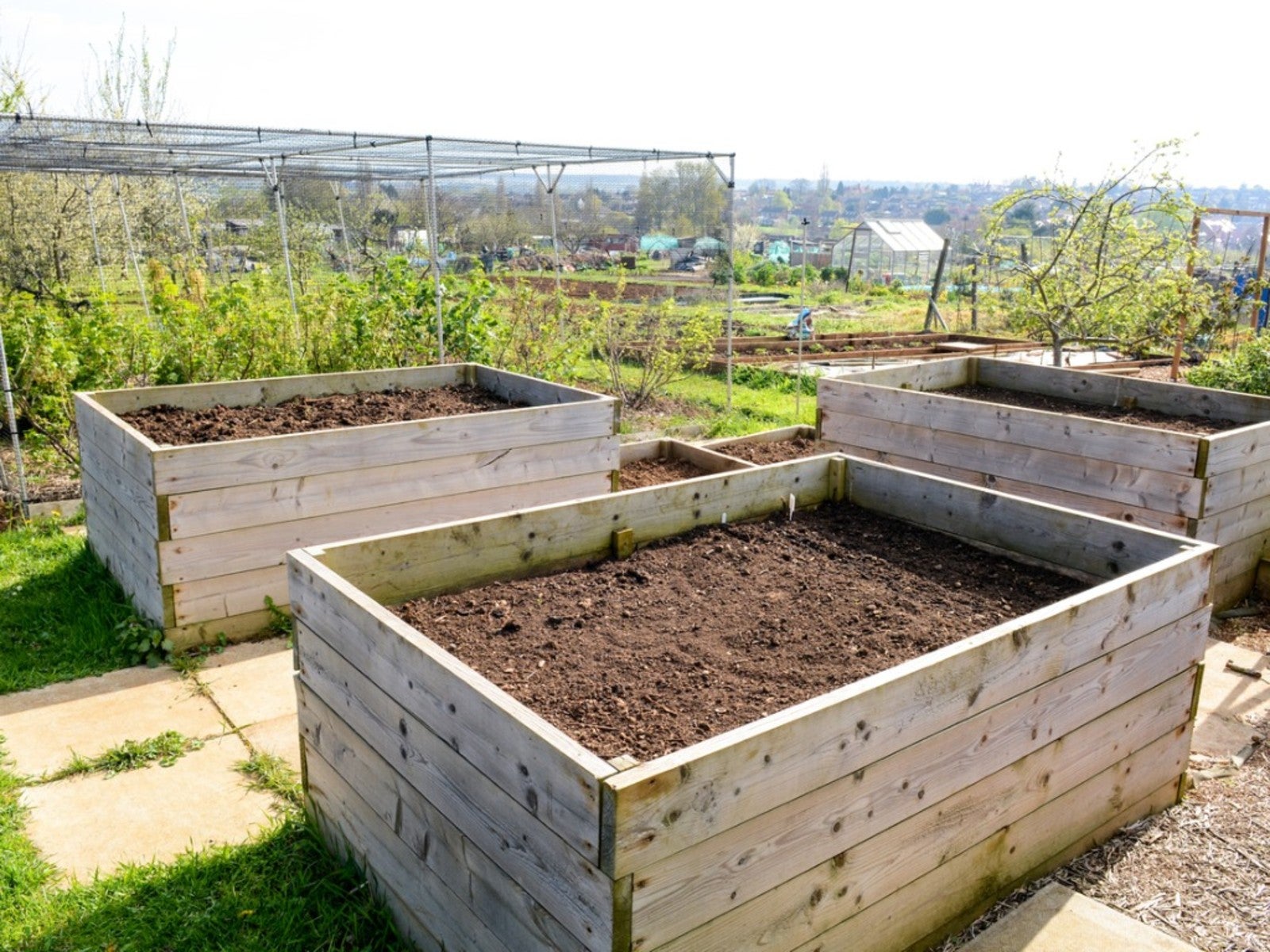Stacking Garden Beds – How To Stack Garden Planters


Let’s clear this one up right away: stacking garden beds don’t stack on top of each other like bunkbeds. That would make it impossible for the lower beds to get enough sunlight. Instead, it’s the sides of the garden bed that stack, allowing you to create a bed as shallow or as deep as the plants require.
If you’ve never heard of stacked garden beds, read on. We’ll give you the ins and outs of stackable raised beds as well as stack garden planters.
Stacking Garden Beds
Raised beds are extremely helpful when your own garden soil isn’t particularly fertile or is difficult to work. By adding a raised bed on top, you can save yourself the trouble of digging down so far in the bed, and give your crops a top layer of rich, well-draining soil.
Many vegetables and most annual flowers grow very nicely in 12 to 18 inches (30 to 48 cm) or so of soil. Think radishes, lettuce, chives and poppies for example. If you work the earth down to 10 inches (25 cm.) and put an 8-inch (30 cm.) raised bed on top, you’ll have a happy garden.
Stackable Raised Bed
But other garden crops need more soil for their roots. Root vegetables can need up to 24 inches (61 cm.) of soil, while perennial plants like artichokes and asparagus, as well as tomatoes, bush beans and vining crops like pumpkins can send their roots down to 36 inches (.91 m.).
In the past, changing from shallow-rooted crops to deeper-rooted crops required a total change of garden beds. You would have to remove the 8-inch (30 cm.) raised beds altogether and replace them with beds with taller walls.
With stacked garden beds, all you have to do is stack on another section of wall or two, then add more soil. Clever stacking joints permit stakes to slide into the joints below, allowing upward construction.
Sign up for the Gardening Know How newsletter today and receive a free copy of our e-book "How to Grow Delicious Tomatoes".
Stack Garden Planters
Stackable raised beds are extremely attractive, constructed of wood that slips together with a joint and pin assembly. That means it’s fast to get them up and you don’t need screws or nails. Each layer of the bed is 8 inches (30 cm.) tall, but you can add a second and even a third layer, depending on your needs.
One way to use these is in an arrangement of stack garden planters in different sizes and shapes. You can create a tiered garden that could be a handsome garden focal point with appropriate veggies or flowers in each planter.

Teo Spengler is a master gardener and a docent at the San Francisco Botanical Garden, where she hosts public tours. She has studied horticulture and written about nature, trees, plants, and gardening for more than two decades, following a career as an attorney and legal writer. Her extended family includes some 30 houseplants and hundreds of outdoor plants, including 250 trees, which are her main passion. Spengler currently splits her life between San Francisco and the French Basque Country, though she was raised in Alaska, giving her experience of gardening in a range of climates.